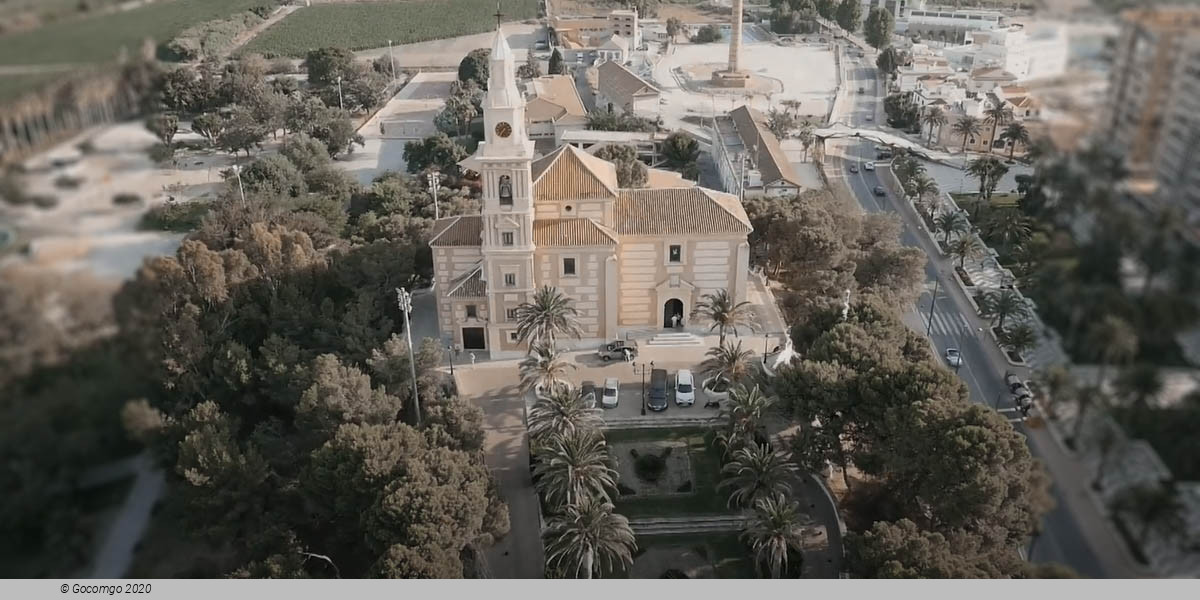Motril

Motril is a town and municipality on the Mediterranean coast in the province of Granada, Spain. It is the second-largest town in the province. The town is located near the Guadalfeo River and is 69 kilometres from Granada. The council of Motril includes the city of Motril and the neighbourhoods of El Varadero, Carchuna, Calahonda, Puntalón, Playa Granada, Las Ventillas, La Perla, La Garnatilla and La Chucha. The town is the capital of the region of the Coast of Granada.
History
Although its origin still remains unclear, it was a Phoenician enclave. It already existed in Roman times.
When the Christians conquered Motril, there were 2,000 inhabitants whose main activities were agriculture, fishing, and the production of silk and sugar. The city center's size was around 3.5 km. Outside the city, there are two suburbs: Al-Majon suburb and al-Couruch suburb, and a neighborhood called Jandara.
There was a Moorish uprising in 1569 that finished in 1570 with the Christians' victory. This made a recession of sugar production but this finished 5 years later with the repopulation of old Christians..reference to
By the end of 1600s, Nuestra Señora de la Cabeza church was built.
Sugar cane was the most important crop, which was later processed in the sugar refineries. The most important of these was "La Casa de la Palma". Now it's the place where the "Museo Preindustrial de la Caña de Azúcar" or Sugar Cane Museum is found.
In 1657, Philip IV granted Motril the title of the city, separating its jurisdiction from Granada.
At the beginning of the next century, Philip V distinguished Motril as "Muy Noble y Leal", which is now found on Motril's shield.
After the War of Independence, in which Motril was occupied by French troops, the city started a new expansion of sugarcane and the sugar industry.
In the 19th century, Motril participated in a singular event, it was proclaimed Independent Canton from July 22 to 25 of 1873. In a few years, due to the increase in the number of sugar refineries, it went to the first position in the Granada industrial ranking. It opened to the public on a most traditional ride in the city, "Las Explanadas", in the mid-19th century.
In 2011, the PP with Carlos Rojas got the mayoral service for a third time, with the absolute majority. In 2012 he left his charge of the mayor to be a spokesman of the "Partido Popular Andaluz", leaving the mayoral service to Luisa Garcia Chamorro.

